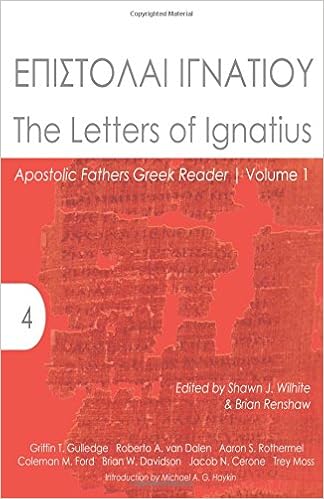Have you ever wondered whence comes the nominative singular for ear, οὖς, when the genitive is ὠτός?
Well, with third declension nouns, it is best to find the stem of the word by going to the genitive singular and removing the ος ending. That leaves us with ωτ.
But why the ου and where did the τ go?
Well, when we add the nominative singular ending σ to the τ on the stem of the word, the τ drops off because the combination τσ is not permitted within Greek. This leaves us with ως. But why ου?
Often, though not always, when a word loses a consonant or consonants, a vowel is lengthened to make up for the loss. This is called compensatory lengthening. Thus, ως becomes οὖς.
Thus:
ωτ + ς [stem + ending]
ω – τ + ς [stem – τ (because dentals and sibilants don’t play well with each other + ending]
ω + ς [stem + ending]
οὖς [stem (compensatory lengthening due to loss of τ) + ending]
ὁ ἔχων ὦτα ἀκουέτω (translated “he who has ears, let him hear”)








